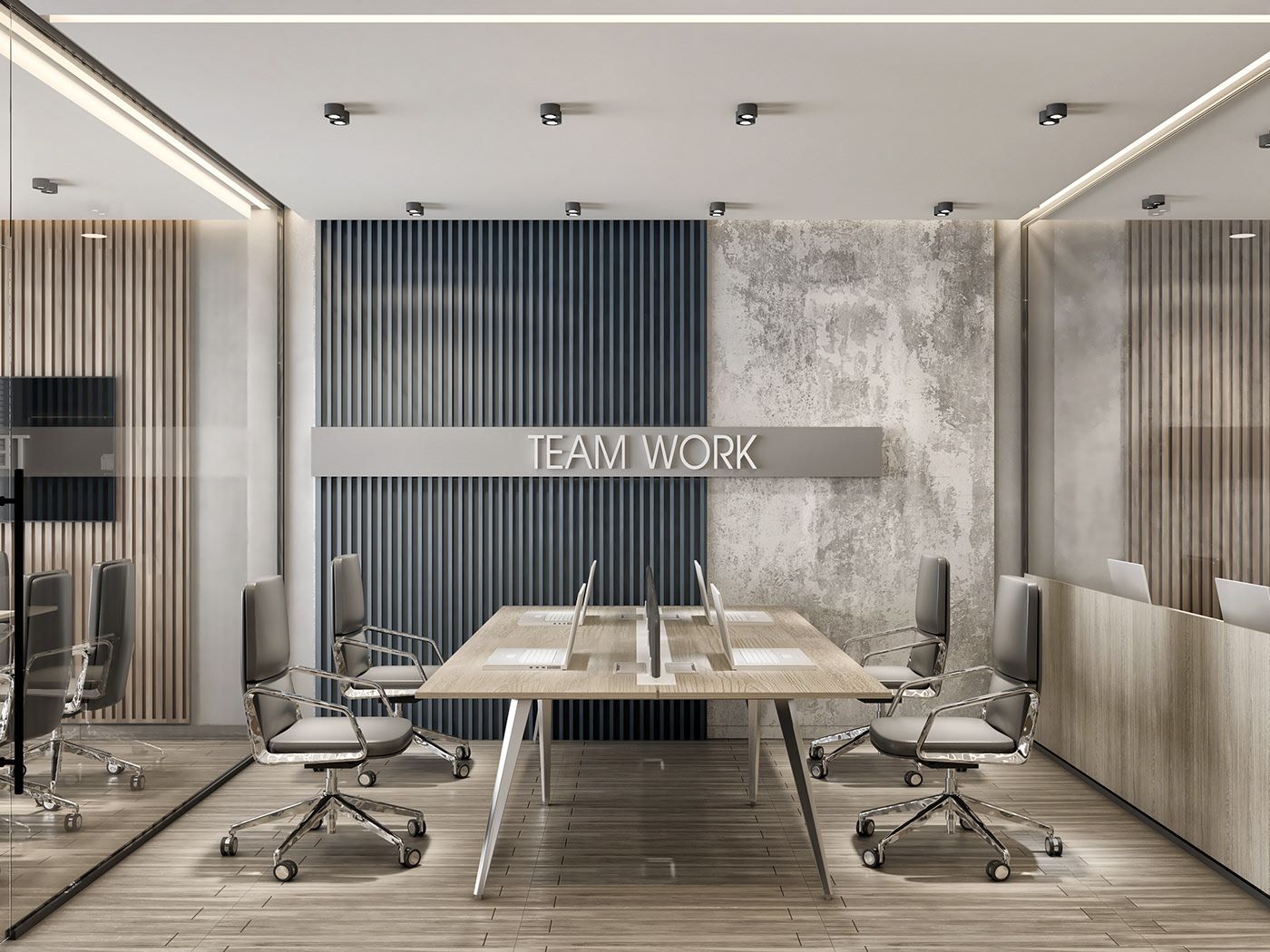Office interior design is crucial for creating a productive and inspiring work environment. By carefully planning and executing the interior design of your office space, you can boost employee morale, enhance creativity, and increase overall efficiency. Here are some innovative ideas to consider when designing your office interior.
One popular trend in office interior design is the use of biophilic design elements. Including plants, natural light, and other elements of nature in the office space can help reduce stress, increase productivity, and improve overall well-being. Consider incorporating a living green wall, potted plants, or large windows that allow for plenty of natural light to flood the workspace.
Another key aspect of office interior design is creating designated collaboration zones. Encouraging teamwork and collaboration among employees is essential for a successful business. By incorporating comfortable seating areas, whiteboards, and technology for presentations, you can facilitate creative brainstorming sessions and meetings that lead to innovative ideas and solutions.
Incorporating ergonomic furniture and design elements into the office space is also essential for promoting employee health and well-being. Investing in adjustable standing desks, ergonomic chairs, and proper lighting can help prevent musculoskeletal disorders and increase overall comfort for employees. Consider creating a designated relaxation area with comfortable seating and calming colors to provide employees with a space to recharge and de-stress.
Creating a cohesive and branded office space is another key element of interior design. Incorporating your company’s logo, colors, and values into the design can help reinforce your brand identity and create a sense of unity among employees. Consider using branded artwork, custom signage, and company slogans throughout the office space to create a strong visual identity.
Incorporating flexible workspace solutions into your office interior design can also help maximize the efficiency and functionality of the space. Providing employees with options for different types of workstations, such as private offices, open workspaces, and collaborative areas, allows for greater flexibility and adaptability in how employees work. Consider incorporating mobile furniture, writable surfaces, and storage solutions that can be easily reconfigured to meet the evolving needs of the business.
When designing your office interior, don’t forget to consider acoustics and sound control. Excessive noise can be a major distraction in the office and can hinder productivity and concentration. Incorporating sound-absorbing materials, such as acoustic panels, carpeting, and draperies, can help reduce noise levels and create a more peaceful and focused work environment for employees.
 bebadesign Interior Design Ideas
bebadesign Interior Design Ideas














